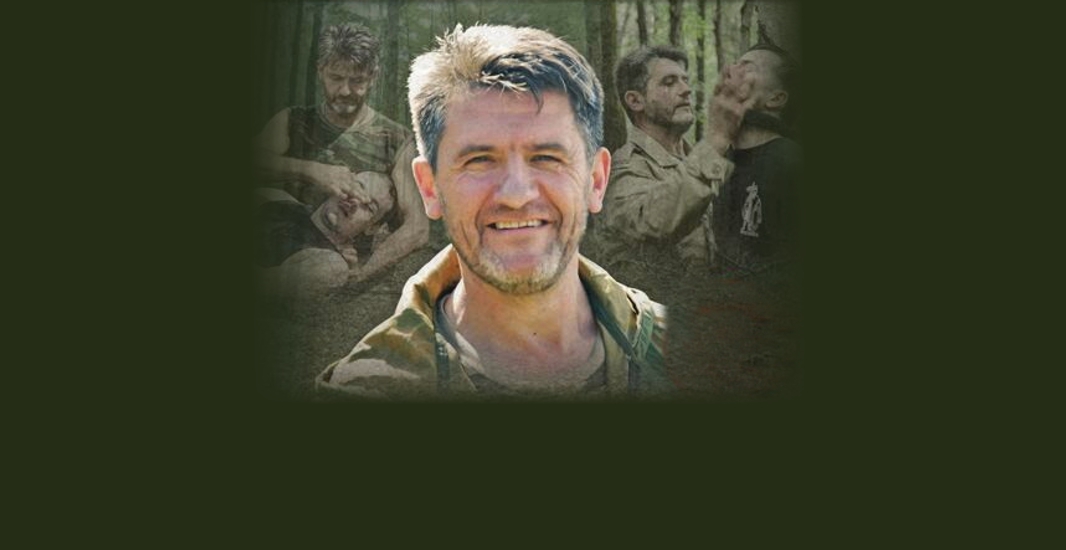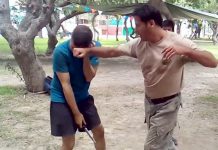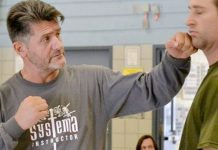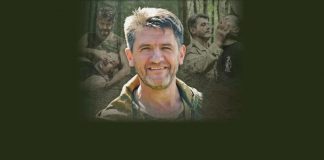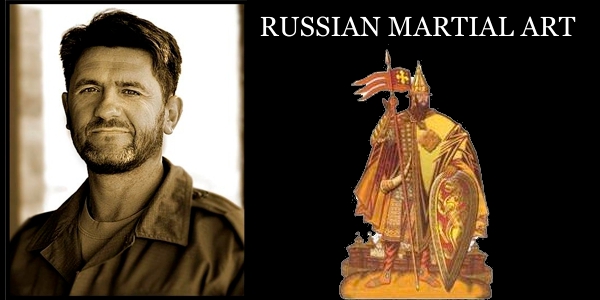 Many factors prevent you from delivering strong and precise strikes. One of the main factors is the fear of hurting yourself, it maybe an unconscious fear until you become or are made aware of it. Most individuals are afraid of hurting their own hand upon striking (this explains why in many contact sports, such as boxing, people wear gloves or wrap-up their hands before fighting).
Many factors prevent you from delivering strong and precise strikes. One of the main factors is the fear of hurting yourself, it maybe an unconscious fear until you become or are made aware of it. Most individuals are afraid of hurting their own hand upon striking (this explains why in many contact sports, such as boxing, people wear gloves or wrap-up their hands before fighting).
This fear of hurting your hand leads to excessive clenching of the fist, the muscles of the forearm become tense and the strength is dispersed, thus the strike is no longer as powerful. It is important that your fist becomes heavy but not tense while the rest of the body remains in a relaxed state.
If your forearm muscles are tense, the strike delivery distance noticeably changes – the distance becomes shorter. You will have to reach to compensate and attain your target, therefore losing strike impact power.
In many contact sports we see the techniques of putting the weight of the whole body into the strike, placing the feet in a specific way and leaning the body into the strike. These techniques increase the general body tension, and as we know, body tension limits your mobility and makes you telegraph your intentions. Moreover, a lot of pressure is applied to such weaker areas as wrist and fingers and that may easily lead to injuries. You can see how with these common techniques, there would be no precision. How precisely can you hit with a sledge hammer? Or imagine that you take a pencil and try to make a drawing using the movements of your whole body, the same idea is applied to striking, fine muscles have to do fine work.
In Systema, we only tense up the needed muscles.
Another common mistake of delivering strikes is losing the form of the hand by breaking the straight line between the elbow joint and the knuckles. There should be absolutely no angle at the wrist joint, the angle would make you lose strength.
The following drills from the Summit of Masters are recommended for all martial art practitioners, for improvement of both physical skill and health.
NOTE:
Any exercise that does not include a health benefit will actually destroy in the long run. It may not be apparent immediately, but with repeated practice will become visible with age.
Drill 1 – Fist Walking – Partner on the Floor
Partner on the floor lying on his back, his hands along the sides. You are in a pushup position, on your fists, legs wide apart, start from above his ankles and walk your way up his body all the way up to his shoulders, and then down his arms. Place your fists in the areas that provide you with good contact area. As much as possible make the surface area of contact as big and even as you can (so that your whole fist is in contact with your partner’s body). Pick the most comfortable spots for you to stay balanced and for your partner not to get hurt.
If you are comfortable you will not be fearful of hurting your partner, you will relax your shoulders, stay sensitive and will not damage your partner. In Systema, relaxed shoulders are a high priority because they greatly increase the sensitivity of the arms and hands.
As you are walking up on your fists, the surface area where you have to balance yourself is so small, preventing you from tensing your arms and body. If you tense up, you will slip off your partner.
Fist walking also teaches you to chose the proper distance and adjust your position in a dynamic way – an ideal preparation for proper striking. You will also be forced to pick just the right spots on your partner’s body and these will be the spots for most effective strikes. You will learn to develop precision of hand placement and depth of impact.
Your partner also greatly benefits from this drill by getting a pressure massage and learning where tension exists in his body. Instinctively you will place your fists on the areas of his greatest tension.
Remember to continuously breathe throughout this whole drill.
You should try this drill at least twice with your partner lying down on his back. The third time, have your partner lay on his stomach and repeat fist walking up his back starting with the feet.
Drill 2 – Fist Walking – Partner against the Wall
Your partner is standing comfortably with his back against the wall and arms along the sides. You squat in front of him with your feet wide apart, start from above his ankles and walk up his legs and front of the body to the shoulders, while straightening your legs and adjusting your stance as needed with each step of your hands. Finish by walking down his arms.
You should try this drill at least twice with your partner’s back against the wall. The third time, have your partner stand facing the wall and repeat the drill up his back starting with the feet.
You will see how in the standing position, the muscle tension of your partner will be different. He will respond to your pressure in a different way and he will not be as stable. This presents a great opportunity for you to learn the different placement angles and the amount of pressure.
Remember to continuously breathe throughout this whole drill.
Drill 3 – Wall Fist Walking
This drill you do by yourself. You squat facing the wall, and walk up with your fists from the ground all the way up.
You should try this drill at least twice.
Remember to continuously breathe throughout this whole drill.
In this scenario, you learn contact with hard surface. Your whole body has to adjust to minimize discomfort. The more tension there is, the more pain you will experience. It will force you to relax your shoulders and later when you deliver strikes, there will be no rebound effect of the strike back into your body.
Happy Fist Walking…
This article was first published on September 19, 2006.

